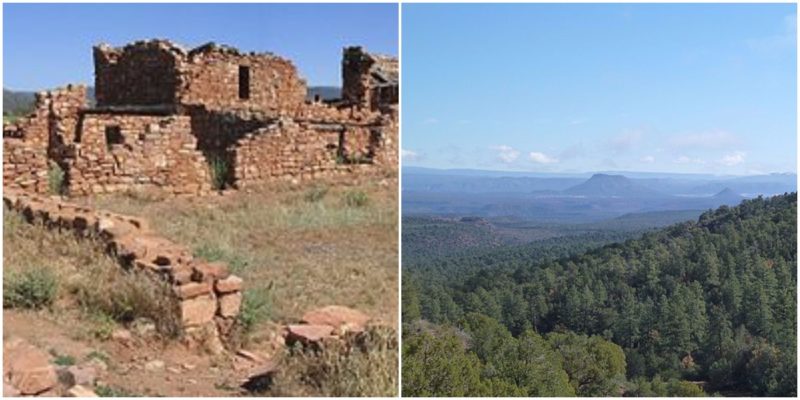The archaeological sites and remains of the ancient communities of the Native American people are precious places hidden throughout some of the most breathtaking landscape of America and the USA.
Many ruined settlements of the native tribes have been abandoned for many years, but nevertheless, provide a vivid portrait of the everyday life of these people. Their way of life and culture was strongly connected with the natural world.
In light of the environmental damage caused by our modern lifestyles, the philosophy of these societies could create a positive influence on the way we treat the natural world today.
Although considered by many in modern society to be primitive, the way of the life of the old civilizations is full of wisdom.
Today, when modern society removes us from ourselves and from our true nature, returning towards our roots by searching the archaeological remains of our ancestors could help in bringing back the lost harmony.

The Kinishba ruins are located in the State of Arizona on White Apache tribal land, near Fort Apache. It was a large pueblo built and inhabited between the 12th and the 14th century.
Scholars still debate whether the village in the grassy valley was built by the pre-Columbian Mogollan culture or by the Ancient Puebloan culture, as many recognizable characteristics of the cultures ancestral to both the Hopi and Zuni tribes were found among the ruins.
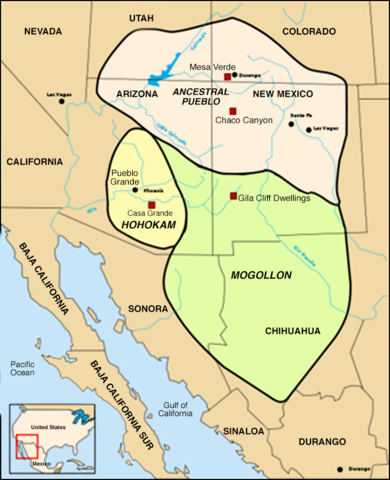
At the site can be seen the ruins of nine buildings built from stones which have light brown color. It is believed that the structures were erected between the 13th and 14th century. Traces of human activity have also been discovered from the 9th century, which indicates that the site was inhabited much earlier, but structures from that period have not yet been uncovered.
The surviving parts of the buildings are the remains and a small part of the large complexes of rooms. The rooms were built one above another and they were two or three floors high. Most of the families of the pueblo had two rooms. The upper floor was a living space and the ground floor was used as storage. The main food stored and cultivated in the area was corn. Archaeological excavations have shown that there were about 600 rooms in Kinishba.
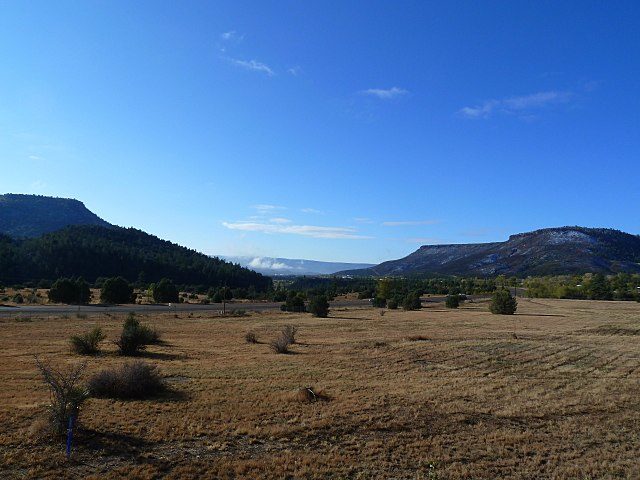
At its zenith, Kinishba was home to more than 1,000 people. The pueblo was permanently abandoned at the end of the 14th century or at the beginning of the 15th century.
While not much is known about the reasons for the community’s abandonment, the arid climatic conditions and the lack of water for drinking and agriculture was the main reason why this pueblo was abandoned. Later, the area was inhabited by a nomadic Apache tribe who came from the north, but they did not settle in the houses and villages of the tribes who previously occupied the area.
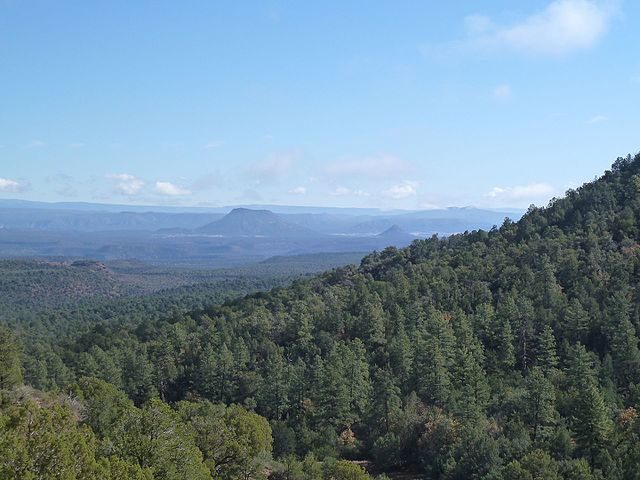
Some scholars think that the Kinishba ruins were visited by the expedition of the Spanish explorer Francisco Coronado in 1540-41. But officially, the first European who visited the old pueblo and wrote about it was the archaeologist Adolph Bandelier in 1892. The largest excavation on the site started in 1931 and lasted nearly a decade. The project was led by the archaeologist Byron Cummings.
He was a professor at the University of Arizona and director of the Arizona State Museum. He was head of the significant project that employed his students and a few local Apache workers. They excavated nearly half of the 600 rooms and half of the excavated structures were restored and rebuilt to look like the original.
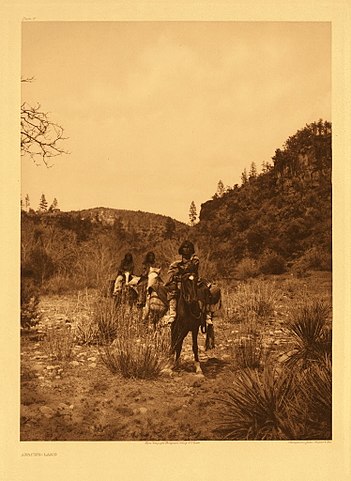
A small museum was also erected which showed the life of the people of the ruined pueblo. However, the Great Depression created financial problems across the USA and cultural projects suffered a lot.
There was no more money for further excavations and the archaeological project was stopped. The site was forgotten for the second time and very quickly started to deteriorate. The reconstructed parts of the site and the small museum began to crumble. In 2005-2007 the site was partially revitalized.
